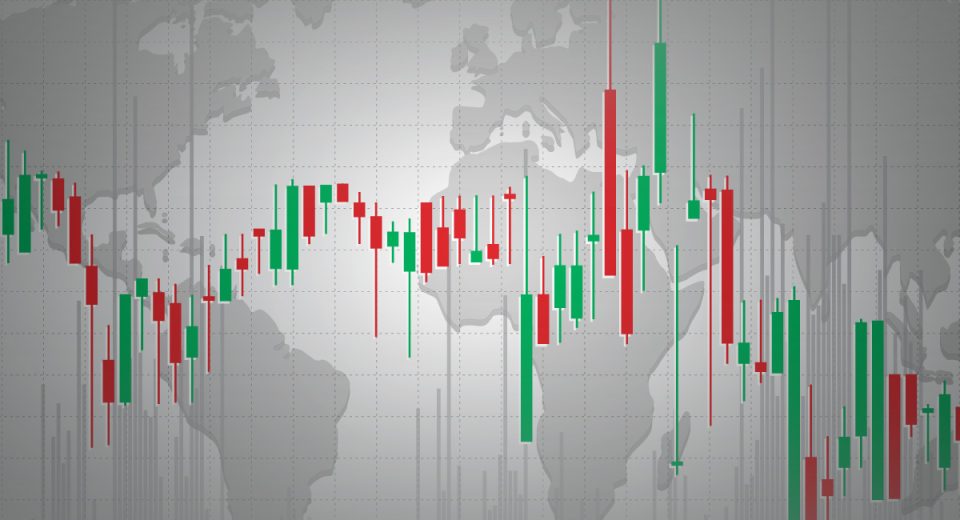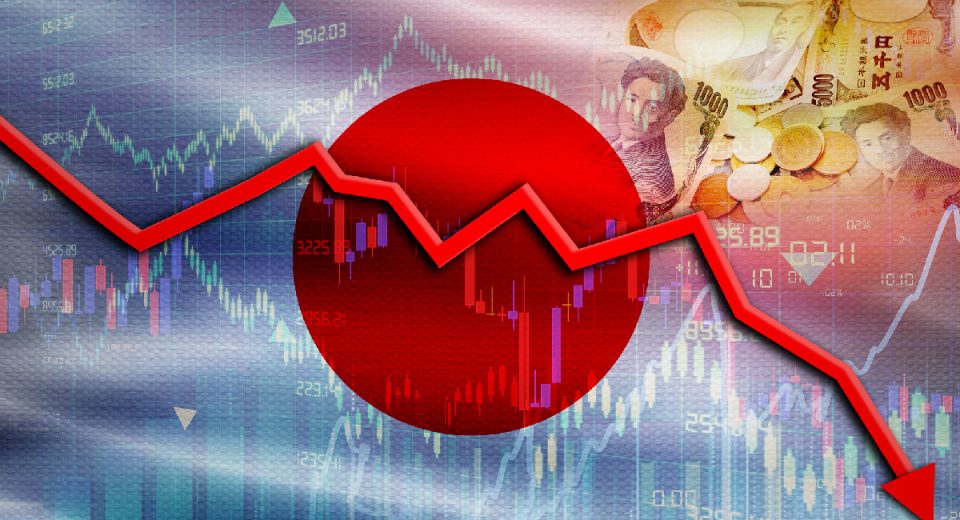Tips for Creating a Well-Diversified Portfolio

On July 7, 2025, Tesla’s stock plunged almost 7% after the company’s CEO, Elon Musk announced plans to launch a new political party. The share price decline wiped out $68 billion from Tesla’s market cap. Even when you are confident of the future of tech stocks, riding the AI wave, unexpected developments can cause havoc. This is why portfolio diversification is an indispensable risk management strategy under all market conditions.
The question is: how do you choose assets to ensure that your portfolio is well diversified to cushion you against sudden unfavourable market moves? Read on.
Understanding the Mechanics of Diversification
The primary goal of diversification is to achieve a smoother return profile with less volatility. While it won’t eliminate market risk (systematic risk), it significantly reduces the impact of a single negative event on the overall portfolio. Effective diversification relies on combining assets that react differently to the same economic conditions.
A well-diversified portfolio is one that includes multiple asset classes, including stocks, fixed-income assets (bonds), forex, commodities, and potentially alternative assets, such as cryptocurrencies. Within equities, diversification must extend across different industries, market capitalisations (large-cap, mid-cap, small-cap) and geographical regions.
The Critical Role of Correlation
The effectiveness of diversification hinges on the correlation between the assets in a portfolio. Correlation measures the statistical relationship between the price moves of two assets, represented by a coefficient ranging from -1.0 to +1.0. Understanding this relationship is vital for a sound trading strategy.
Positive Correlation (0 to +1.0)
When assets have a strong positive correlation, their prices tend to move in the same direction. For instance, stocks within the same sector often exhibit a high positive correlation. If one stock falls, the other is also likely to fall. While these assets may offer similar growth potential, they provide minimal diversification benefits.
Weak or Zero Correlation (Close to 0)
Assets with weak or zero correlation move independently of each other. The movement of one asset has little to no predictive relationship with the movement of the other. This is ideal for diversification, as a downturn in one asset class is unlikely to be mirrored in the other.
Negative Correlation (-1.0 to 0)
Assets with a negative correlation move in opposite directions. If one asset’s value increases, the other tends to decrease. A classic example has historically been the relationship between the US dollar and gold. Including negatively correlated assets in a portfolio offers the highest level of risk management, as gains in one asset can offset losses in another.
While a perfect negative or positive correlation is rare, the goal of diversification is to find assets that are weakly or negatively correlated. This ensures that the portfolio’s overall volatility is lower than the weighted average volatility of its individual components.
Portfolio Diversification Tips
Building a truly diversified portfolio requires a disciplined approach and a focus on long-term objectives. Here are some actionable tips to strengthen your trading strategy.
Broaden Your Asset Allocation
Start by defining a target asset allocation based on your financial goals, time horizon and risk tolerance. Don’t limit your investments to any one asset class. Incorporate a mix of stocks that offer growth potential but carry higher volatility. Diversify across sectors (technology, healthcare, finance, consumer staples) and geographical regions (domestic, international, emerging markets). To this mix add forex pairs, such as the EUR/USD and USD/CHF, EUR/USD and USD/JPY, or AUD/USD and USD/JPY, which tend to exhibit negative correlations.
Also, consider commodities and real estate. These often have low correlations with stocks and bonds, providing a hedge against inflation and offering alternative avenues for returns.
Consider ETFs and Indices
Exchange-Traded Funds (ETFs) and stock market indices, such as the S&P 500, STOXX 600 and FTSE 100, offer a simple and cost-effective way to achieve immediate diversification. These assets hold baskets of securities, providing exposure to entire sectors or economies with a single investment.
Diversify Across Market Capitalisations and Industries
Within the equity segment, ensure you are diversified beyond just large-cap stocks. Include mid-cap and small-cap companies, which can offer different growth characteristics and often behave differently during market cycles. Similarly, avoid overconcentration in a single industry, even a high-performing one.
Embrace Global Diversification
The “home bias,” or the tendency to invest overwhelmingly in one’s domestic market, is a common pitfall. The global markets offer diverse economic drivers and opportunities. Investing in international and emerging markets can reduce exposure to country-specific risks and tap into global growth trends.
Regularly Rebalance Your Portfolio
Diversification is not a one-time task. As market conditions shift, the weight of different assets in your portfolio will change. Rebalancing involves periodically selling assets that have outperformed and reinvesting in those that have underperformed to bring the portfolio back to its original target allocation. This disciplined approach ensures that your portfolio’s risk profile remains aligned with your trading objectives.
The Imperative of Diversification
The financial markets are subject to sudden and significant shifts, underscoring the vital need for a diversified approach. The past several years provide stark reminders of how quickly concentrated portfolios can be vulnerable.
For instance, following a period of strong performance in the technology sector, the market witnessed a sharp correction in 2022 due to rising interest rates. Companies that had dominated the indices for years experienced substantial drawdowns. Investors whose portfolios were heavily concentrated in growth technology stocks suffered significant losses.
This volatility was further exacerbated by a surprising shift in the correlation between stocks and bonds. Historically, these two asset classes have often moved inversely. However, during periods of high inflation and aggressive monetary tightening in recent years, both equities and bonds experienced simultaneous declines. This event highlighted the need to include a broader range of asset classes with truly uncorrelated returns.
Creating a well-diversified portfolio is the cornerstone of effective risk management and a successful trading strategy.
To Sum Up
- Portfolio diversification is a crucial risk management measure in all market conditions.
- A popular way to diversify your portfolio is to include assets that are uncorrelated or negatively correlated.
- In addition, diversify across asset classes, sectors, market caps and regions.
- Include ETFs and indices in your trading strategy.
- Regularly rebalance your portfolio to keep it aligned with your trading goals.
Disclaimer:
All data, information and materials are published and provided “as is” solely for informational purposes only, and is not intended nor should be considered, in any way, as investment advice, recommendations, and/or suggestions for performing any actions with financial instruments. The information and opinions presented do not take into account any particular individual’s investment objectives, financial situation or needs, and hence does not constitute as an advice or a recommendation with respect to any investment product. All investors should seek advice from certified financial advisors based on their unique situation before making any investment decisions in accordance to their personal risk appetite. Blackwell Global endeavours to ensure that the information provided is complete and correct, but make no representation as to the actuality, accuracy or completeness of the information. Information, data and opinions may change without notice and Blackwell Global is not obliged to update on the changes. The opinions and views expressed are solely those of the authors and analysts and do not necessarily represent that of Blackwell Global or its management, shareholders, and affiliates. Any projections or views of the market provided may not prove to be accurate. Past performance is not necessarily an indicative of future performance. Blackwell Global assumes no liability for any loss arising directly or indirectly from use of or reliance on such information here in contained. Reproduction of this information, in whole or in part, is not permitted.




